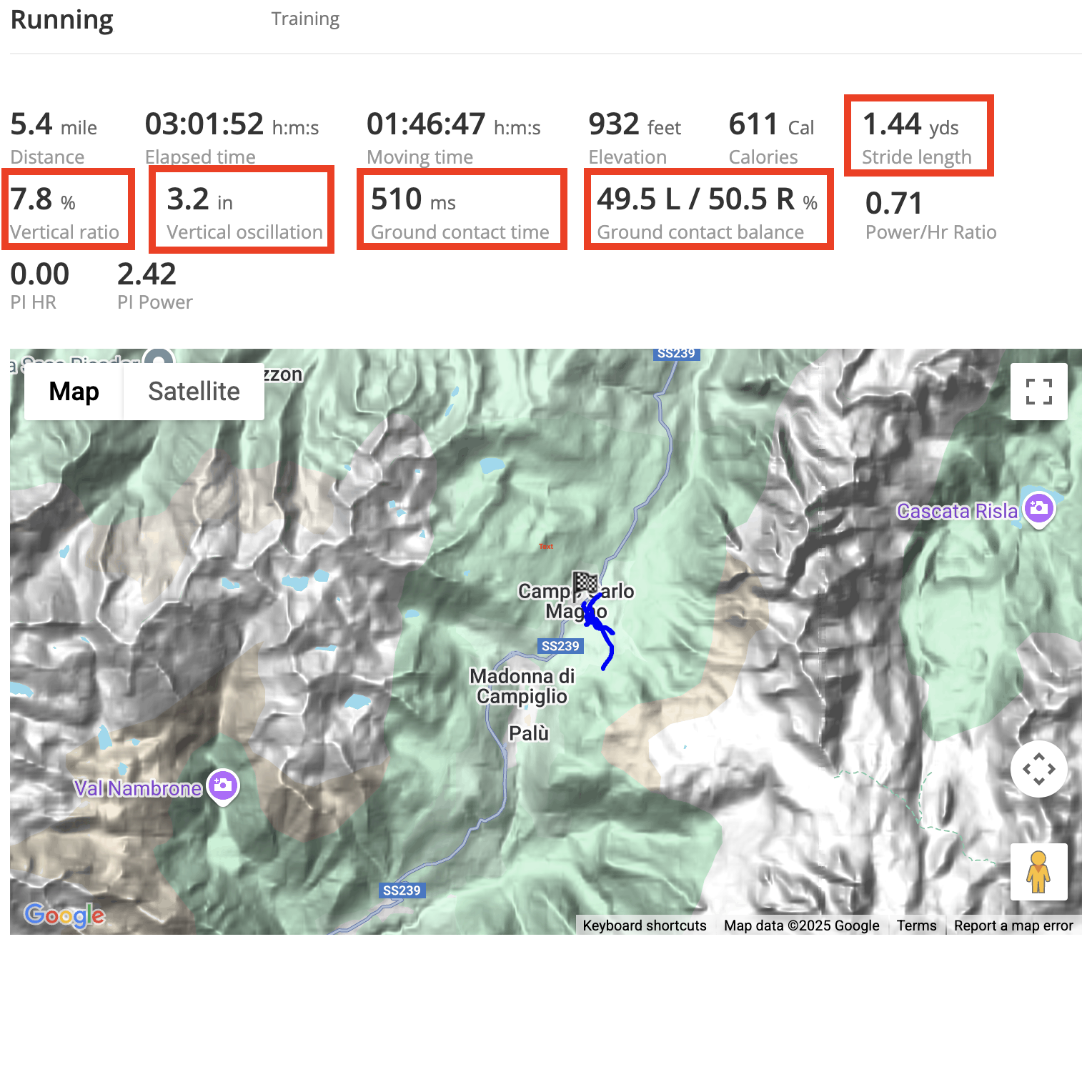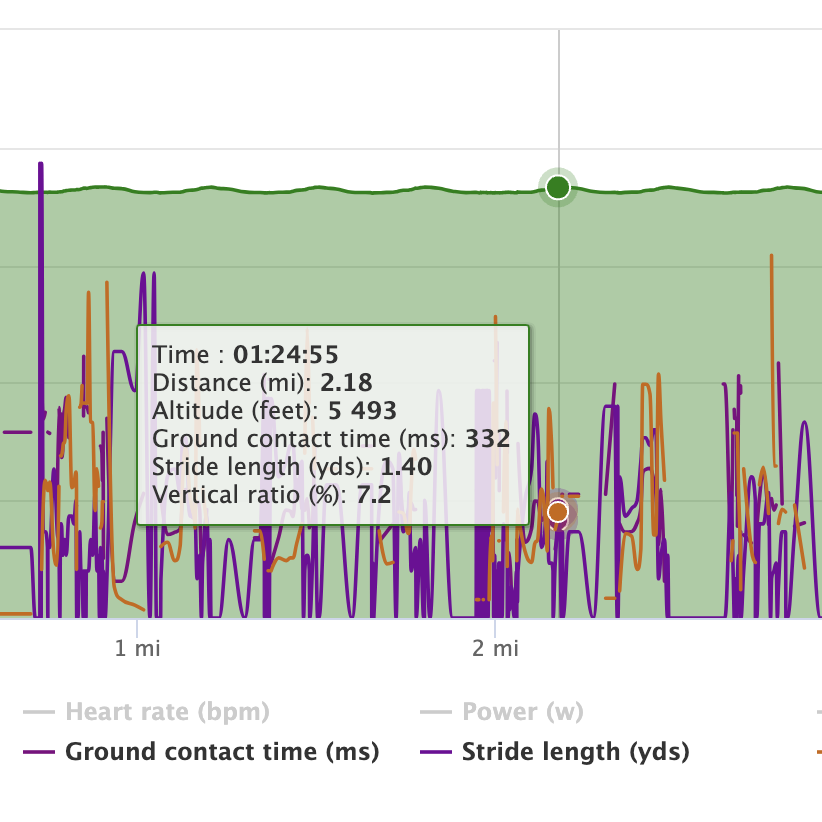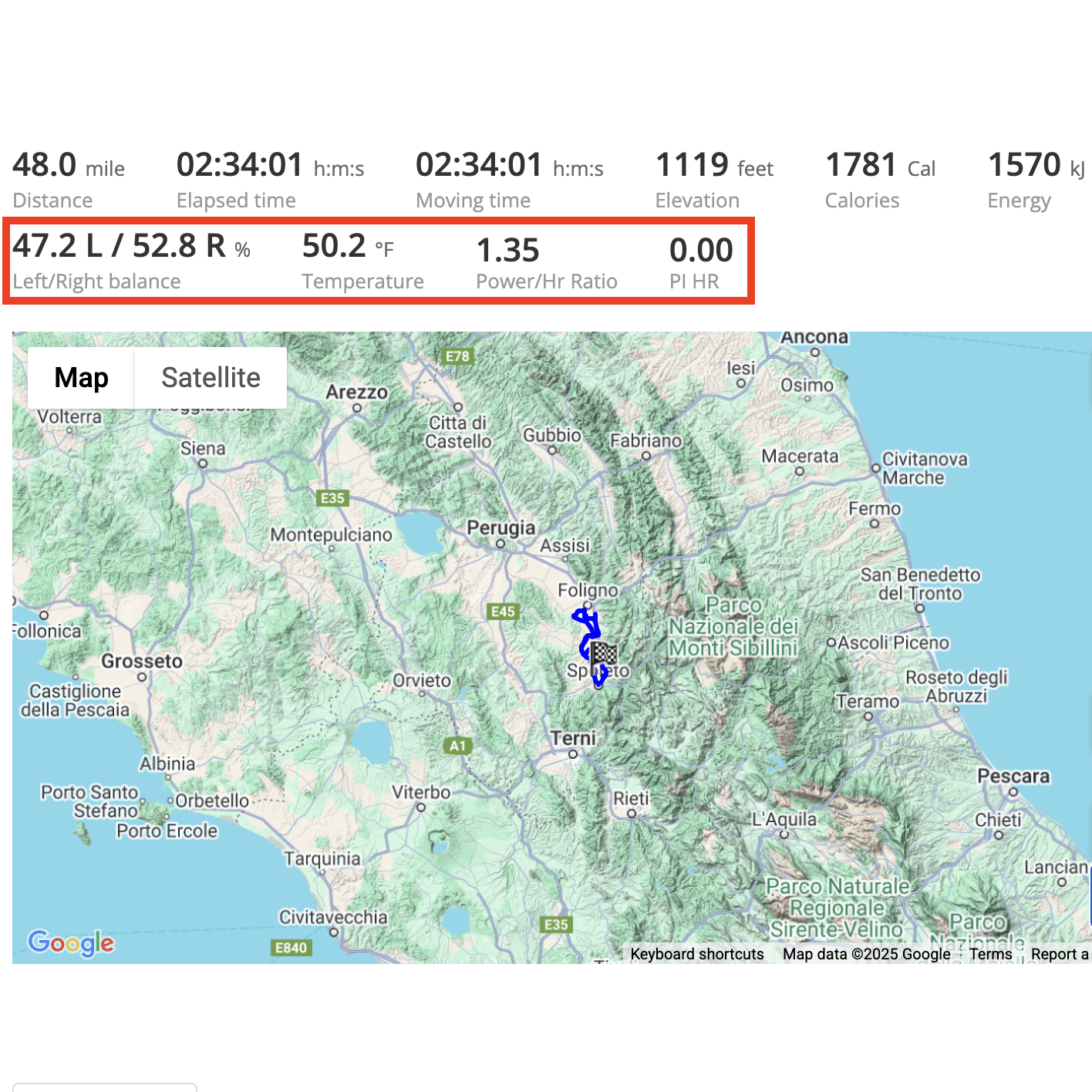When we talk about improving fitness or athletic performance, most people immediately think about training—more miles, heavier weights, tougher sessions.
But while training is essential, nutrition is just as important, if not more. What and how we eat affects our energy levels, recovery, body composition, immunity, and even our long-term health outcomes. In fact, the combination of smart training and smart nutrition is one of the most reliable paths to better performance, improved well-being, and greater longevity.
High-quality nutrition helps athletes fuel their workouts, optimize performance, and recover faster. For anyone pursuing health and fitness, it supports metabolic balance, hormonal health, cognitive clarity, and a more resilient body. When nutrition and activity work together, the result is not just better sports performance—it’s a lifestyle that promotes lasting health, confidence, and vitality.
To help guide your nutritional journey, here are three excellent, science-based books we highly recommend.



1. Food Intelligence — Kevin Hall & Julia Belluz
This book explores how the modern food environment shapes our choices, behaviors, and health—often without us realizing it. Hall and Belluz reveal why so many common beliefs about diet are misleading, and how understanding the science of food systems can help us make better decisions. It’s an eye-opening read that blends clarity, evidence, and practical insights.
2. Racing Weight — Matt Fitzgerald
A go-to resource for athletes, Racing Weight explains how to achieve an optimal body composition that enhances performance rather than obsessing over weight. Fitzgerald combines research-based strategies with real-world examples to help athletes fuel properly, train effectively, and avoid common nutrition mistakes. It’s especially useful for endurance athletes who want to balance energy intake with training demands.
3. You Can’t Screw This Up — Adam Bornstein
Bornstein’s book takes a refreshing approach to nutrition—removing guilt, perfectionism, and unnecessary rules. Instead, it focuses on building simple, sustainable habits that fit real life and lead to long-term success. It’s science-backed but approachable, making it a great choice for anyone who wants to improve their health without feeling overwhelmed by strict diets.
Nutrition is not a side project—it’s a core pillar of health, performance, and longevity.
Pairing consistent training with smart, science-based nutrition habits can transform not only the way you perform but the way you feel every day.
Which of these books are you planning to read first?






